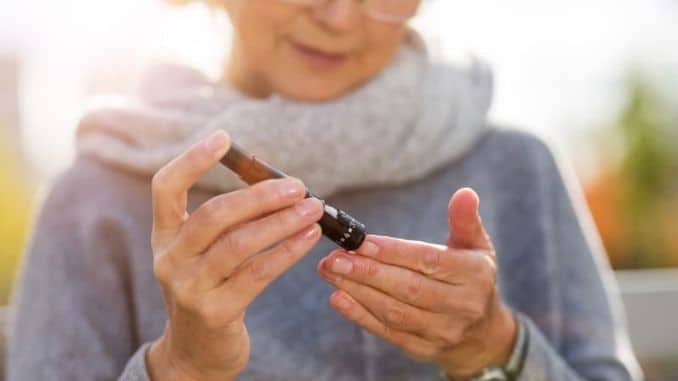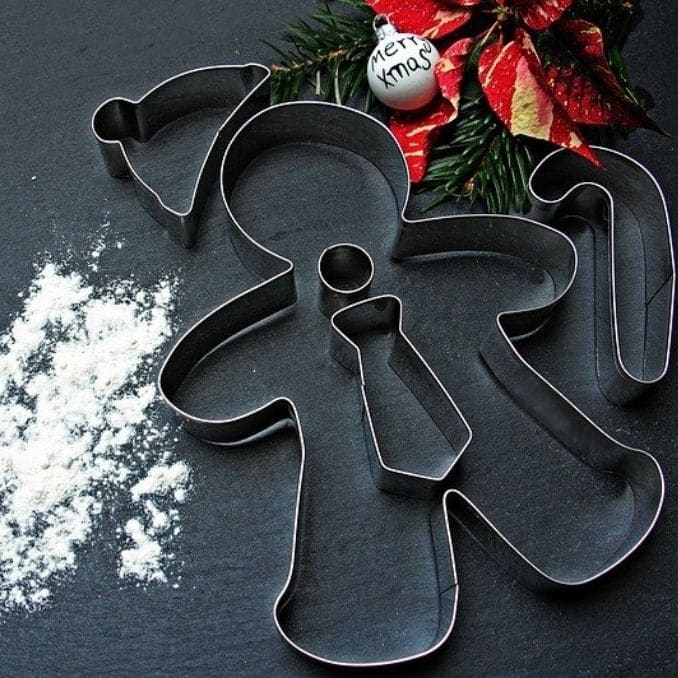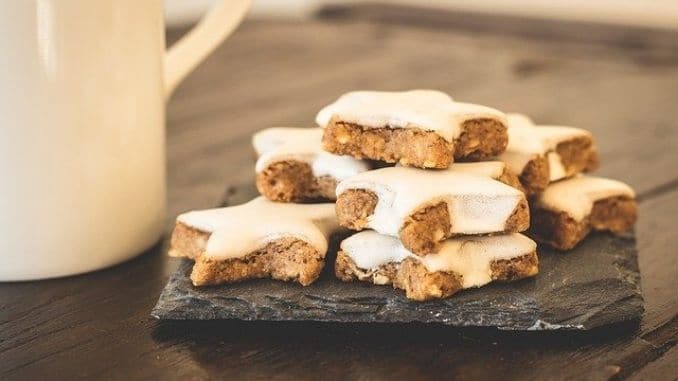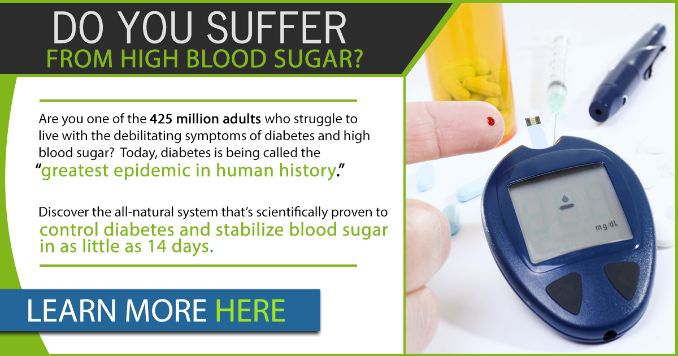
While we may enjoy indulging in the pumpkin spice lattes, cinnamon chocolate fudge cakes, eggnog ice cream, and caramel apple crumble cookies around the holidays, there’s no doubt these goodies can come back to bite us if we’re not careful.
Spikes in blood sugar aren’t good for anyone. They can cause fatigue, brain fog and cravings and have been linked to an increased risk of diabetes, heart disease, and even cancer.
How can you enjoy those holiday yummies and still keep your blood sugar levels stable this holiday season? We have some tips for you below.
How the Body Manages Blood Sugar
Just like a car needs gasoline, your body needs fuel to operate. You get that fuel from food, but simply eating the food isn’t enough. Your body has to change it into components it can use for energy.
Your digestive system is mostly responsible for pulling the nutrients out of what you eat. The saliva in your mouth and the acid in your stomach break down each bit of food into its basic components, which include:
- Carbohydrates
- Proteins
- Fats
- Vitamins and other nutrients
To create energy, your body likes to use carbohydrates because it’s from them that it gets “glucose” — a simple sugar that serves as the body’s preferred source of energy. When you’re tired, you may find yourself craving carbohydrates because your body can turn them into near-instant energy.
Once the digestive system breaks down the carbohydrates you eat and drink into glucose, that glucose enters the bloodstream. At that point, the blood has glucose or “sugar” in it, and blood tests can measure how much or how little sugar there is.
A hormone called “insulin” then helps move that glucose into the cells where it’s needed for energy. Any excess is moved into fat cells for storage. As long as the insulin is healthy, it gets the glucose where it needs to go and works with other hormones to keep blood sugar levels steady.
Your body has a preferred blood sugar level that allows you to feel your best. If that level gets too high or too low, you don’t feel as well as you should, and the body will work to fix the situation.
Blood Sugar Spikes Can Affect Even Healthy People
People with diabetes are in danger of blood sugar highs and lows. They have something wrong with the blood sugar processing system. Either they don’t have enough insulin to process the glucose they take in or the insulin they do have doesn’t work as well as it should. They take medications and monitor their diets to keep blood sugar levels under control.
Even people without diabetes, however, can experience blood sugar spikes and drops. Eating a high-sugar snack or meal, for example, can result in high blood sugar.
Let’s say you sit down for a nice holiday treat — a sweetened cup of hot chocolate along with a piece of pie and whipped cream. That treat floods your system with carbohydrates, and your body breaks it down into glucose. As all that glucose moves into the bloodstream, insulin levels rise to meet the challenge of moving it into your cells.
The result? Your blood sugar levels and your insulin levels spike. Eating a lot of sugar at once like this can result in uncomfortable symptoms, including:
- Headaches
- Fatigue
- Lack of focus; difficulty concentrating
It’s normal for your blood sugar levels to change throughout the day and night. They’re influenced not only by the foods you eat but also by hormones, activity (exercise) and overall health. Usually, it’s not a problem. Even that sugar-binge will wear off, and you’ll be fine — unless you continue to eat that way regularly.
In a 2018 study, researchers found large fluctuations in blood sugar happened more commonly than they thought they would. Participants all ate the same meals at the same time, but their bodies reacted differently:
- Some had blood sugar levels that didn’t vary much
- Some experienced frequent spikes in blood sugar
- Some were in between these two
The findings suggest that we all tend to metabolize the same nutrients in an individualized way. That means that during the holidays, the most important thing is to listen to your body. What feels good and what drags you down when it comes to holiday eating?
10 Ways To Avoid the Holiday Blood Sugar Roller Coaster
How to Avoid the Holiday Blood Sugar Roller Coaster: To enjoy the season without riding the blood sugar roller coaster, try the following tips.
1. Balance Your Meals and Snacks
The secret to keeping your blood sugar levels even is to make sure you’re balancing any carbohydrates (sugary foods) you’re eating with other stabilizing foods. Those that are high in protein, healthy fats and fiber will help slow the breakdown of foods in your digestive system, limiting the amount of glucose that gets into the bloodstream and saving your insulin from an emergency cleanup.
So, pair your grandma’s crepes (carbohydrates) with a couple of eggs (proteins) and whole-wheat toast (fiber) or eat your piece of pie only after you’ve enjoyed a balanced dinner.
2. Don’t Get Too Hungry
How to Avoid the Holiday Blood Sugar Roller Coaster: If you’re having a big family meal at the in-laws, grab a small healthy snack before you go so you won’t get overly hungry. Whenever you allow hunger to go too long, blood sugar levels drop, and your body cries out for food. You’ll experience increased hunger and cravings, and then be more likely to overeat when the meal finally arrives.
Choose a handful of nuts (protein), some whole-wheat crackers (fiber) or a cup of Greek yogurt (protein and healthy fats) to tide you over.
3. Drink Alcohol in Moderation and With Food
Some forms of alcohol, like beer, hard cider, and many cocktails, contain a lot of carbohydrates and sugars, which can spike your blood sugar levels. Choose a glass of wine or a scotch on the rocks. Then, enjoy your drink with a well-balanced meal and decline the second glass.
4. Take a Walk After Eating
If you plan to walk after you finish your dessert, you can enjoy it even more as walking and other forms of exercise help to regulate blood sugar levels. Studies show that even 15 minutes of easy-to-moderate exercise (like a walk) after a meal curbs unhealthy blood sugar spikes.
Three short walks every day after meals is just as effective at reducing blood sugar in a 24-hour period as a single 45-minute-walk, although walking after your biggest meal is most important. Take the whole family and make it fun.
5. Drink More Water
Keep a glass or bottle nearby and sip throughout the day because if you become even slightly dehydrated, it can raise your blood sugar levels.
The body responds to dehydration by encouraging the kidneys to retain fluid. That means any excess blood sugar will remain inside you instead of being flushed out through the urine. Dehydration also causes the liver to release more sugar into the blood.
According to one study of more than 3,600 people, those that drank at least 34 ounces of water a day were 21 percent less likely to suffer from high blood sugar than those who drank only 16 ounces or less.
6. Do Some Yoga or Meditation
How to Avoid the Holiday Blood Sugar Roller Coaster: When you’re feeling stressed out, the body releases hormones like cortisol and adrenaline. These hormones, in turn, can cause the body to release stored sugar into the bloodstream, resulting in a blood sugar spike.
In one 2017 study, researchers found a positive correlation between work stress and increased blood glucose. So, choose whatever stress-relieving technique works for you and pencil it into your week. Good options include a walk in the park, time with a beloved pet, meditation, yoga, tai chi, time out with friends, deep breathing and journaling.
7. Get 7 to 8 Hours of Sleep Per Night
Sleep deprivation has a direct effect on appetite — and blood sugar levels. In one study of nearly 5,000 people with type 2 diabetes, researchers found that those who slept between 6.5 and 7.4 hours a night had the best blood sugar control. Those who slept less (or more) than that experienced high blood sugar.
Remember that the quality of sleep matters just as much as quantity. You need to reach deep (dream) sleep to enjoy the health benefits, so it’s best to avoid sleep-disturbing alcohol and blue-light exposure, such as from cellphones and computers, before bed.
8. Eat Smaller Meals
This can be tough to do if one of your family traditions involves sitting down to a huge meal in the middle of the day but, remember leftovers are even better. Eating less and then eating more, later on, helps keep your blood sugar levels balanced.
Eating a large amount of food ― no matter what kind it is ― spikes blood sugar levels, so eat smaller amounts at a time to avoid the glucose ups and downs.
9. Eat More Balancing Foods
Some foods spike blood sugar levels more than others. We’ve already talked about how sugary foods are the worse, but even some healthy foods can flood the blood with glucose.
During the holidays, try to eat more of the following stabilizing foods:
- Carrots
- Squash
- Salad greens
- Baby corn
- All whole-grain foods like oatmeal, quinoa, and plain popcorn
- Avocados
- Nuts and seeds
- Olive oil
- Salmon and other fatty fish
- Poultry like chicken and turkey
- Beans and lentils
10. Eat Breakfast
Even if you’re not that hungry in the morning, it’s best to eat something for breakfast. A study published in Diabetes Care showed that those who skipped breakfast had blood sugar levels that were 37 percent higher at lunchtime, compared to those who ate breakfast.
Choose something healthy like oatmeal with fruit and yogurt, eggs and whole-wheat toast or a quick smoothie with milk or yogurt, wheat germ, nuts, and a few berries.
For your guide to managing high blood sugar, make sure to check out our 14-Day Diabetes Control Quick Start Program, here!







